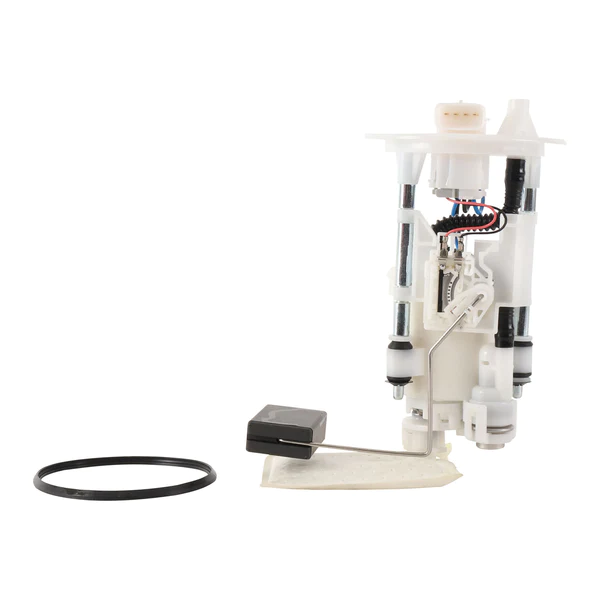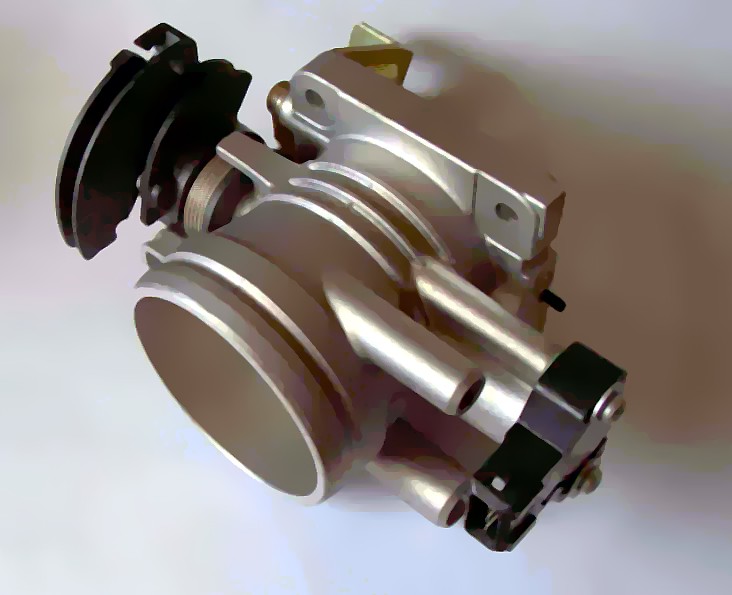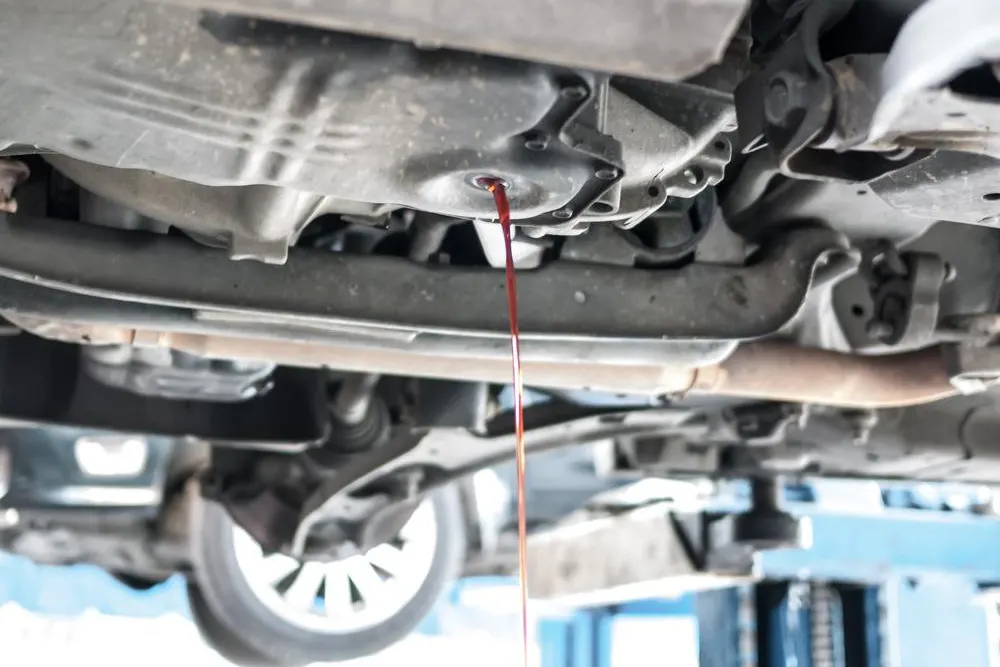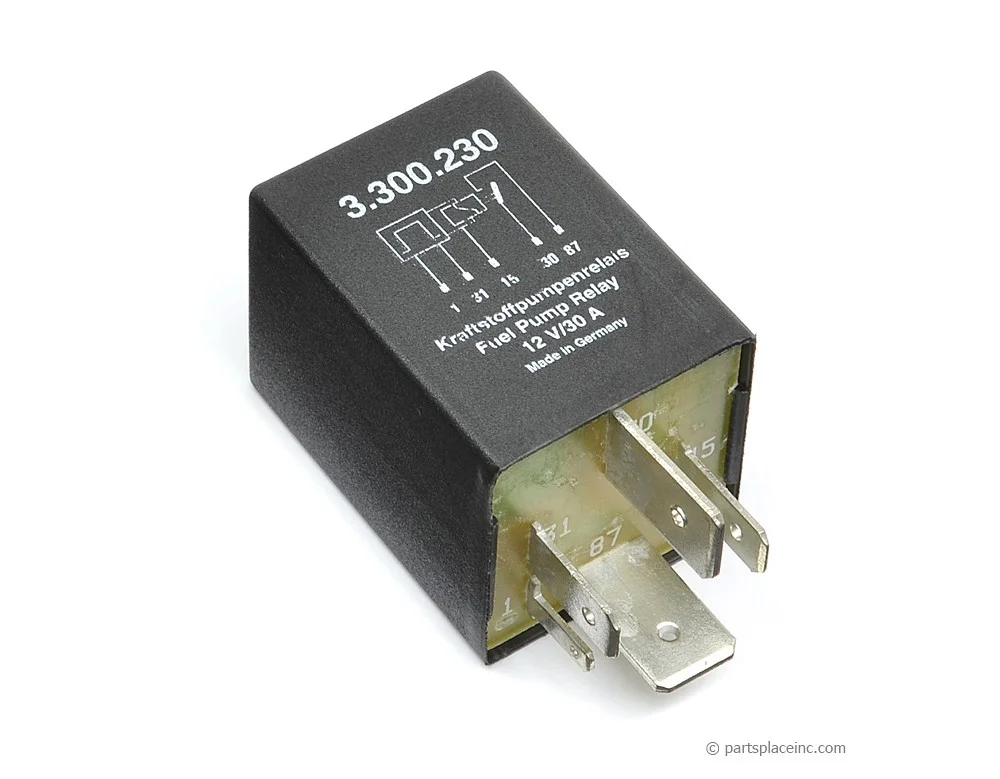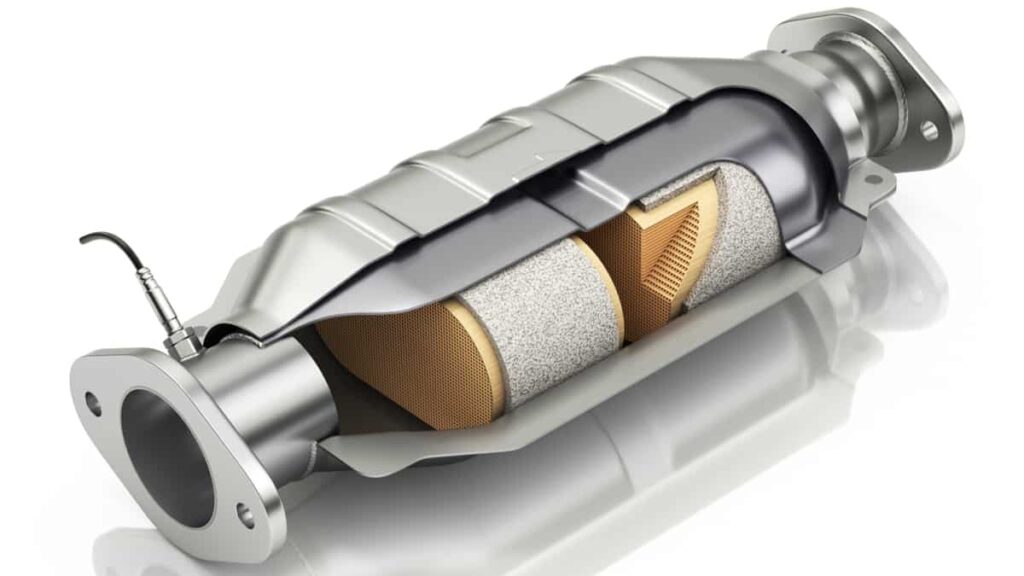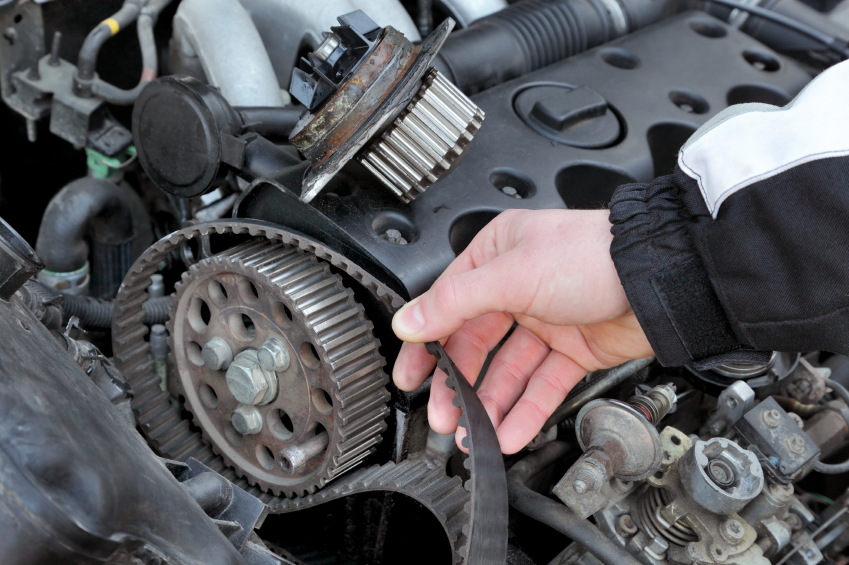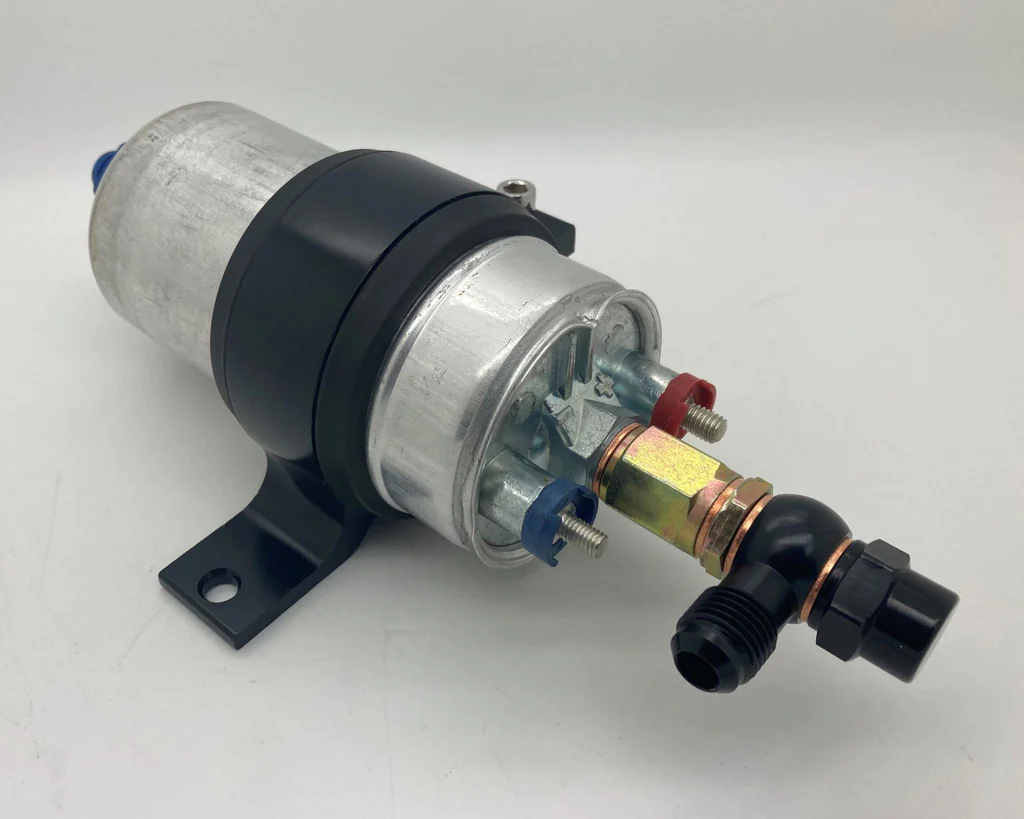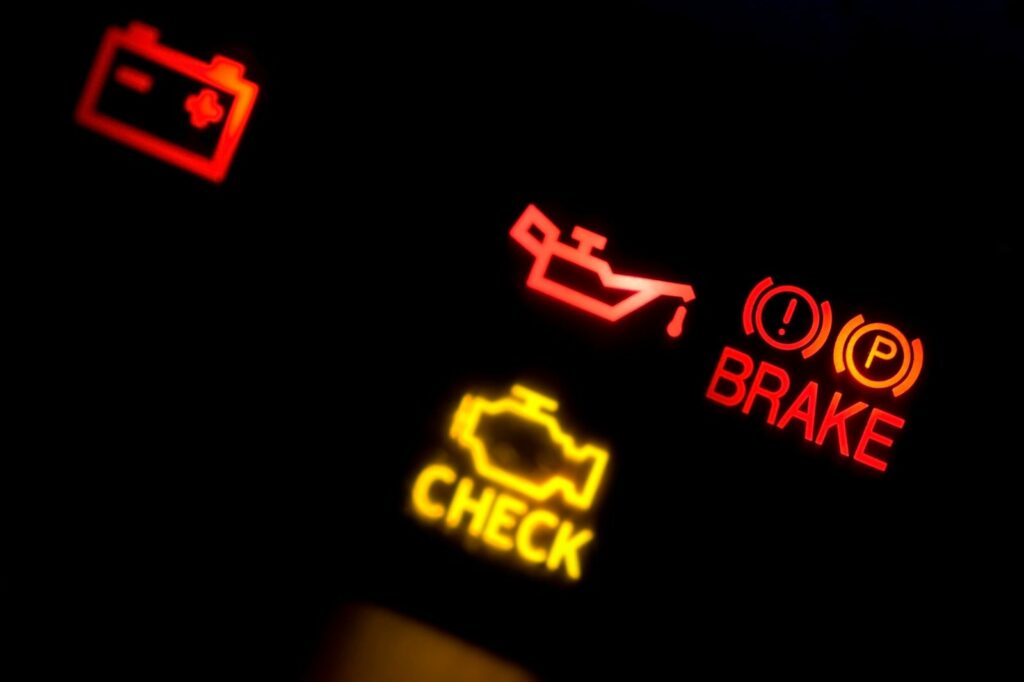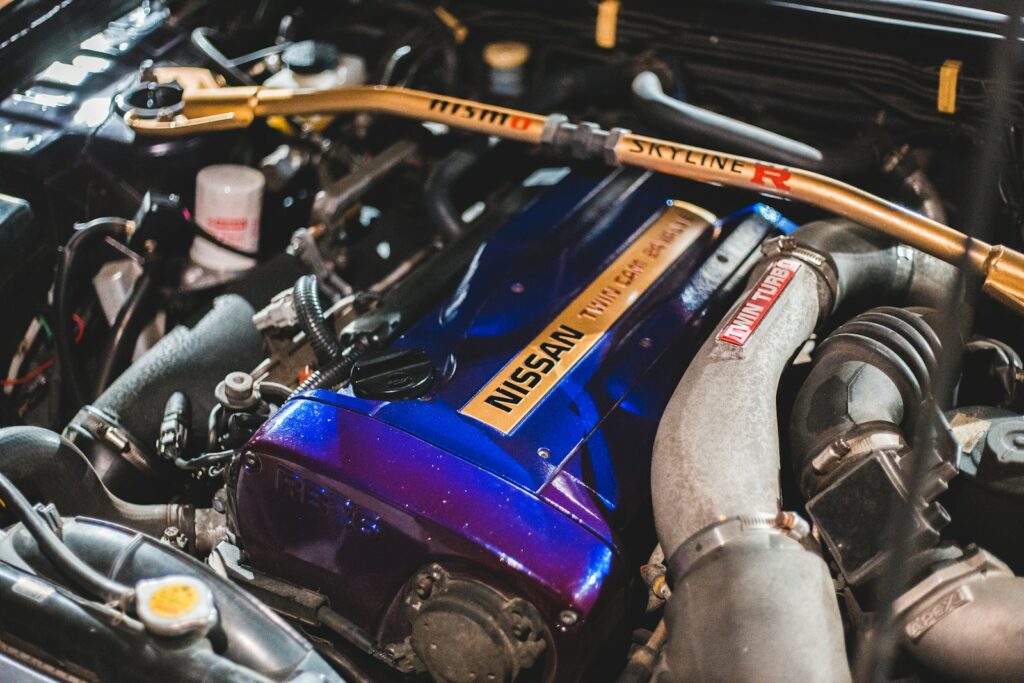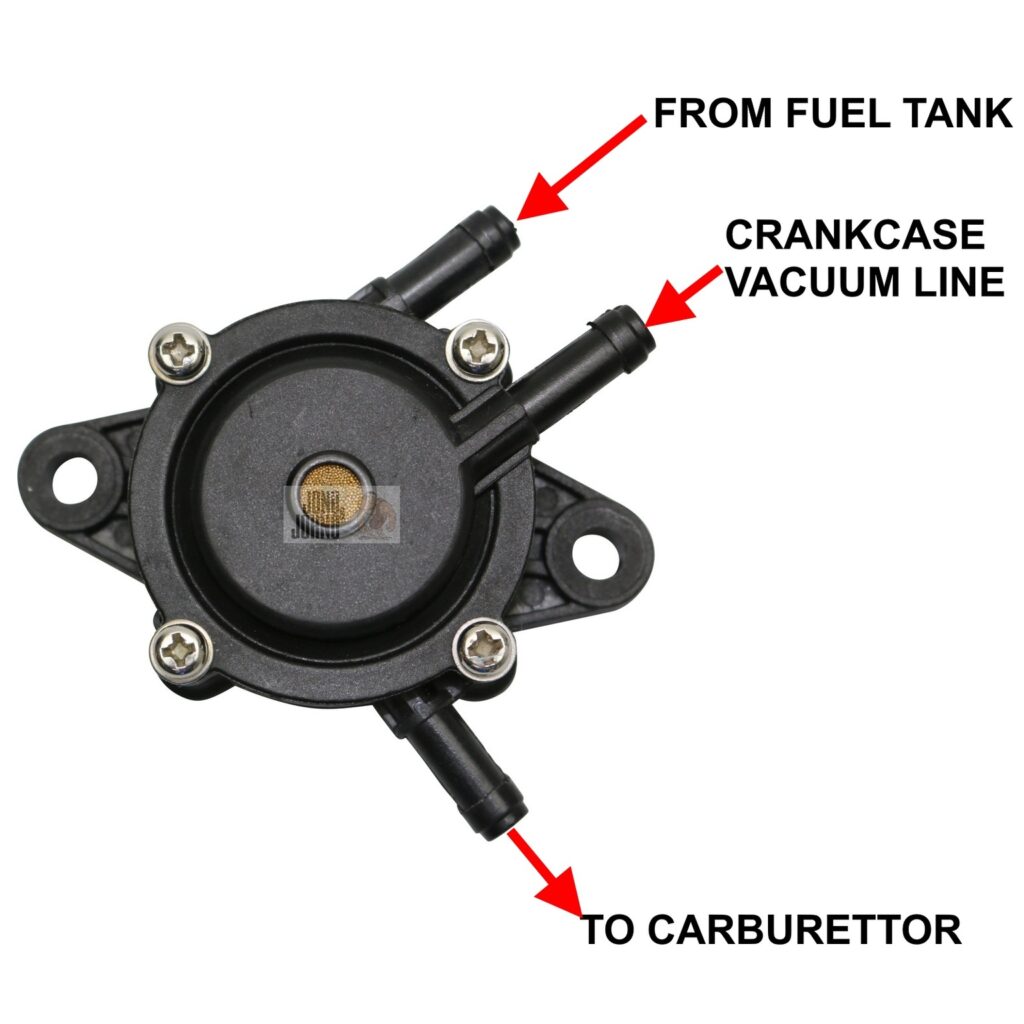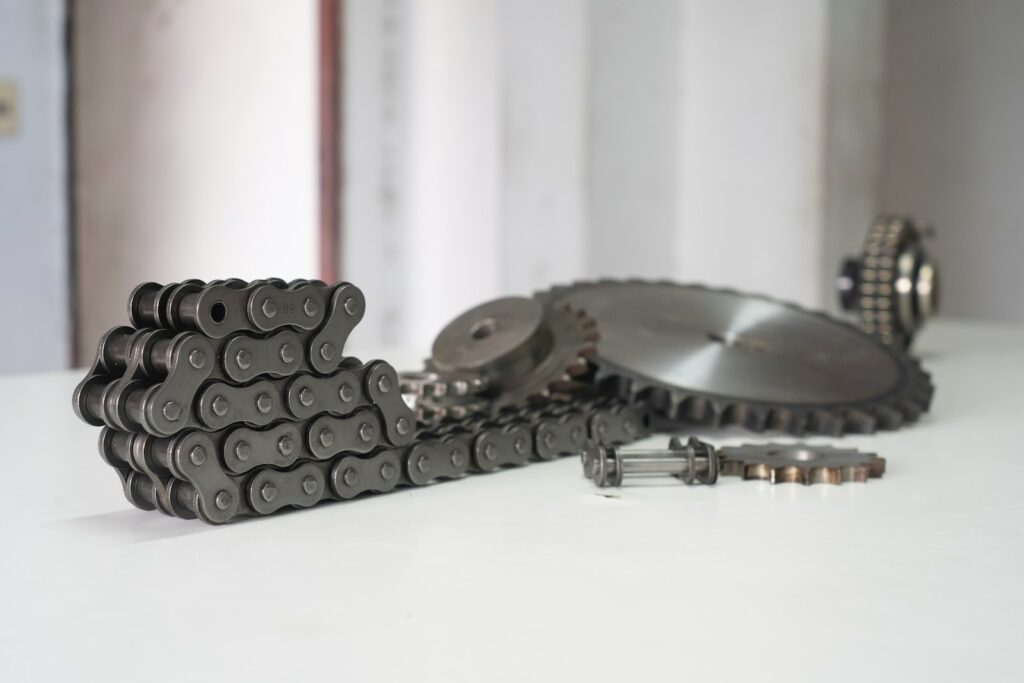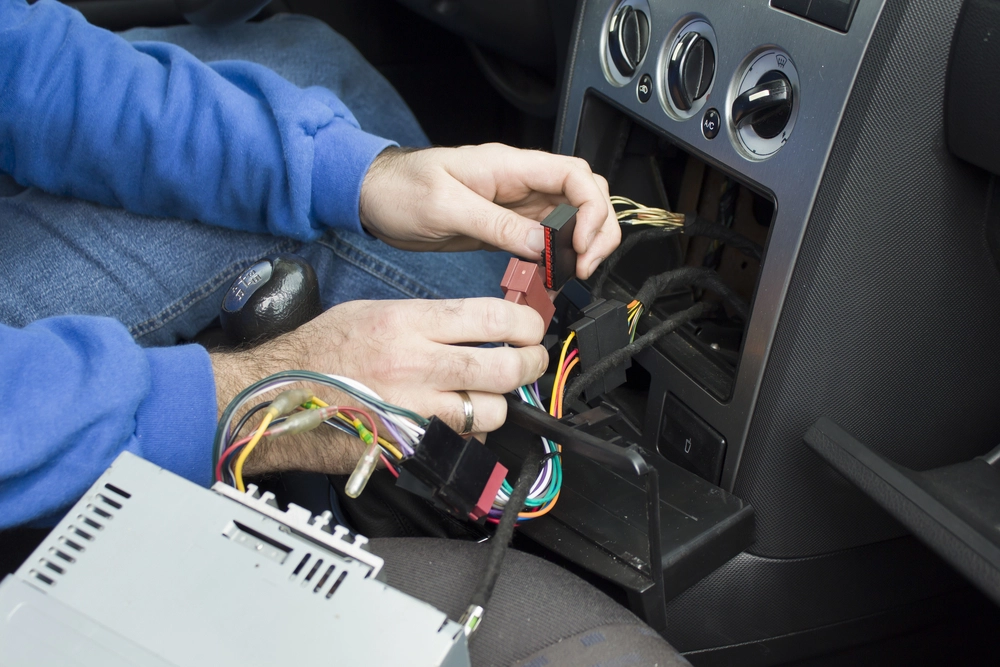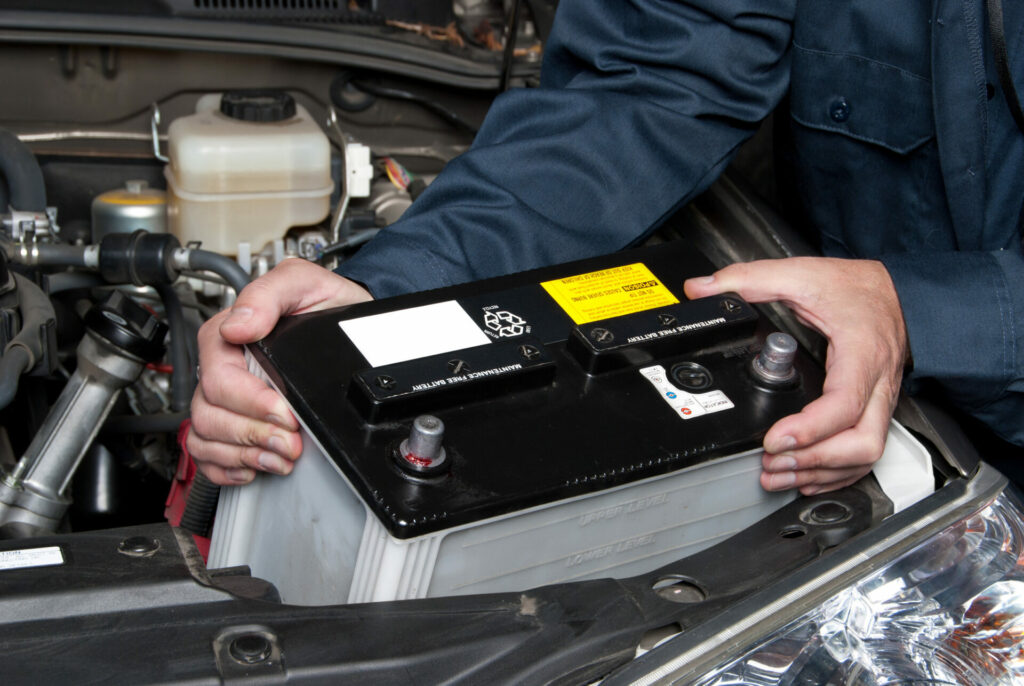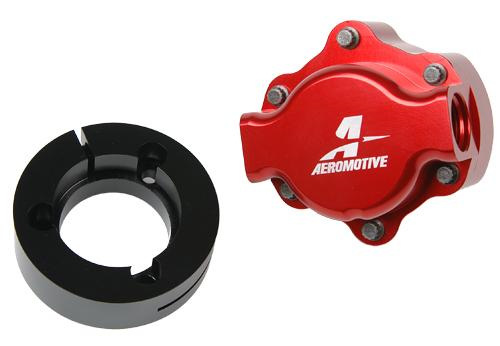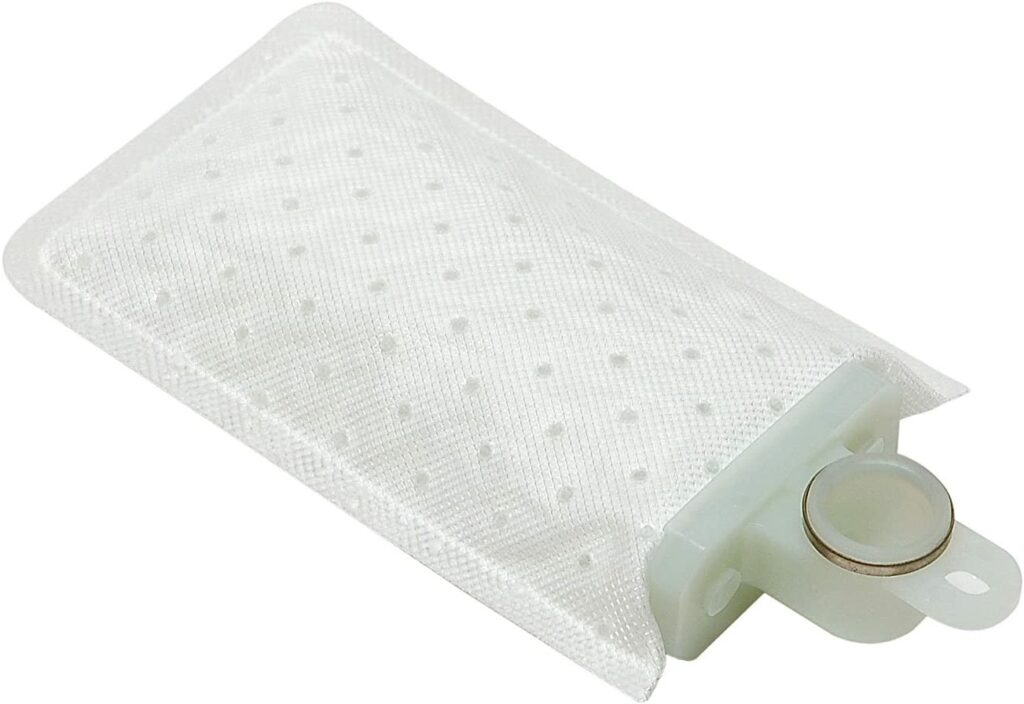Introduction:
Welcome to our guide on fuel pump module problems, diagnosis, and repair. In this post, we will take a detailed look at the symptoms, causes, and solutions for fuel pump module failures. We will also provide step-by-step instructions on how to diagnose and repair the issue.
Symptoms:
The first step in diagnosing and repairing a fuel pump module problem is to identify the symptoms. Common symptoms of a failing fuel pump module include difficulty starting the engine, engine stalling, and a decrease in fuel efficiency.
Causes:
There are several common causes of fuel pump module problems, including clogged fuel filters, a failing fuel pump, and a malfunctioning fuel pressure regulator. In some cases, the problem may be caused by a wiring or electrical issue.
Diagnosis:
To diagnose a fuel pump module problem, you will need to start by checking the fuel pressure. This can be done using a fuel pressure gauge, which can be purchased at most auto parts stores. If the fuel pressure is low, it is a sign that the fuel pump module is failing.
Repair:
If you have determined that the fuel pump module is the problem, the next step is to replace it. Before beginning the repair, be sure to disconnect the battery and relieve the fuel system pressure.
Step 1: Remove the fuel tank To access the fuel pump module, you will need to remove the fuel tank. This process will vary depending on the make and model of your vehicle, so consult your vehicle’s service manual for specific instructions.
Step 2: Remove the fuel pump module Once the fuel tank is removed, you will be able to access the fuel pump module. Carefully remove the module and disconnect the electrical connections.
Step 3: Install the new fuel pump module With the old fuel pump module removed, you can now install the new one. Carefully connect the electrical connections and re-install the fuel tank.
Step 4: Test the fuel system After the repair is complete, it is important to test the fuel system to ensure that it is working properly. This can be done by starting the engine and checking for proper fuel pressure.
Precautions:
It’s important to handle the fuel pump module with care, as it is a delicate and expensive component. Work in a well-ventilated area and always wear gloves and goggles to protect yourself from fuel.
Conclusion:
Fuel pump module problems can be a frustrating and costly issue to deal with. By understanding the symptoms, causes, and solutions for fuel pump module failures, you can take the necessary steps to diagnose and repair the problem. With the right tools, knowledge, and precautions, you can get your vehicle back on the road in no time.

